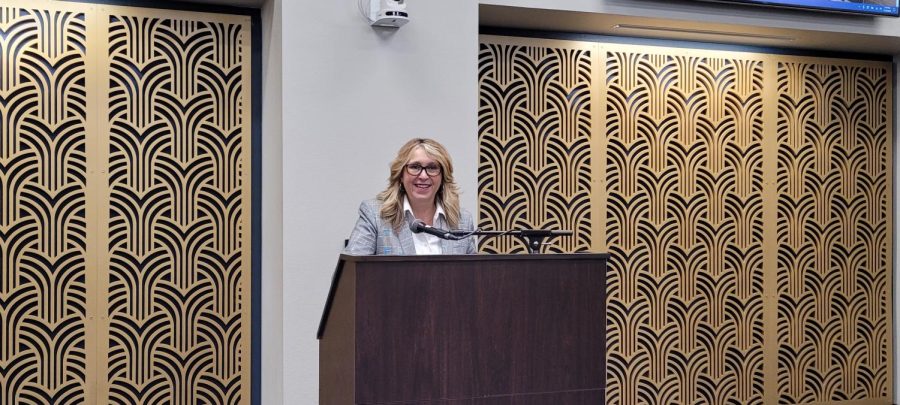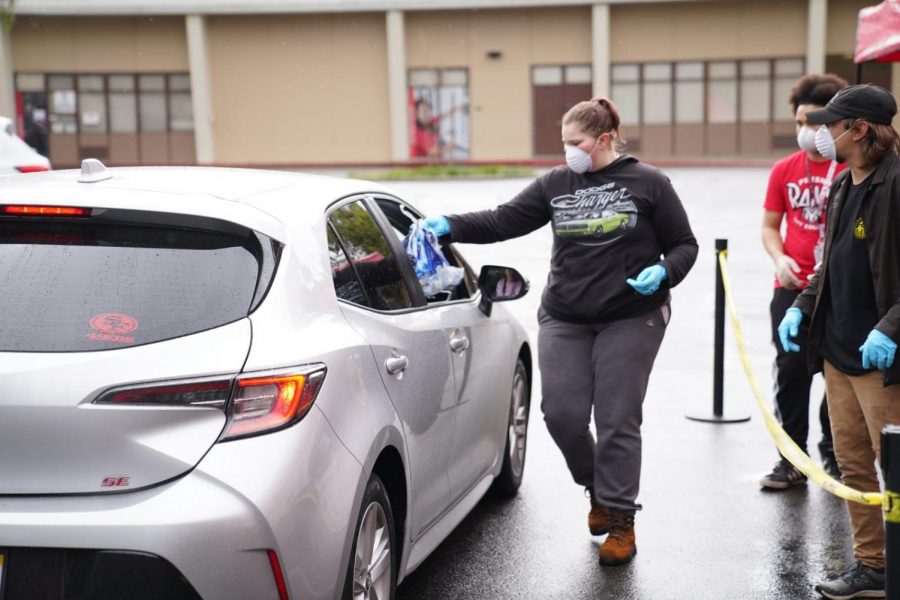In campus parking lot E a shooting took place on Oct. 14, 2013. Students and staff were left scrambling for answers, but due to a lack of communication, found none. Administration stated that action would be taken against this major gap of communication, promising that the system which students rely on for safety would improve.
On the morning of Jan. 22, 2014, the Math and Science Building became the target of a bomb threat. This threat raised the question: how has Fresno City College’s emergency procedures improved since October?
“…the communication that went out to all the classrooms worked a lot better than it did initially in October,” said FCC President Tony Cantu. “Initially the information only went out to the math, science, and engineering faculty because they were the ones most affected by this, but as we learned more the message went out campus-wide.”
Students and staff were informed of the threat in a much timelier manner than they were of last October’s shooting. This is not to say that the updates to the system are without its faults.
There is still some confusion on how to access the 1st2Know system.
“Where you state the wireless carrier, people were putting their phone numbers so then it makes it completely invalid because when you’re sending an email to a cellphone it is not as simple as sending a text message, it has to have an address attached to it,” said Associated Student Government President Edward James. “So that’s where a lot of the errors were coming from in the 1st2Know system.”
Administration, while aware of the system’s faults, is apparently hopeful in the improvements within the system.
“We are still having some issues with the 1st2Know,” Cantu said. “Some people got them at different times, some people didn’t get them at all, some the next day. Campus police is working on trying to resolve that.”
In consideration of the existing gaps in the 1st2Know system, the administration took certain measures.
“We did wind up sending an email, not the 1st2Know, but the [student] email to all students because our student trustee came by. The public information [office], had indicated that there were individuals who did not receive the text message and had signed up for it,” said Cantu.
Concerns regarding the students who are not receiving the alerts are being further addressed.
“The police department gets a list everyday of actively-enrolled students and they populate that list into the system, and it goes through and determines who is getting a text and who is not getting a text,” said FCC Vice President of Administration Cheryl Sullivan.
Along with the 1st2Know system, the Voiceover IP phones are getting updates as well.
These phones are set up in each classroom throughout campus and are used to communicate information to students and teachers in the event of an emergency.
Emergency messages are sent through the phones by the district.
The Public Information Office, located on campus, is expected to take over managing the emergency messages sent through the phones as soon as possible.
“[The Public Information Office] is getting the training that’s needed to actually get the message out via the Voiceover IP Phones,” said Cantu. “The classrooms got the information [regarding the bomb threat] via the Voiceover IP phones.”
Cantu explained that the PIO staff is being trained to construct each emergency message to communicate the necessary information in any given situation.
According to Cantu, the phones seem to have been what were most efficiently improved.
“I was in my office and … I actually got three messages regarding the smoke in the Business [Education] Building,” he said. “[The message] telling people what happened, when it was going to be cleared, and when it was cleared. I got three messages one very quickly after the other. That piece of [the emergency procedures] did work,” Cantu stated.
Campus safety seems to be a primary concern of the administration; moreover, administrators believe it is up to students to educate themselves on what to do in the event of an emergency.
“At some point, students need to take responsibility to be informed,” said Cantu.
There are several mediums by which students and staff can make themselves aware of what to do in the event of an emergency.
The FCC website, the police department’s Annual Security and Fire Safety Report, and flip chart pamphlets posted in classrooms.
However, these mediums contain differing instructions for what to do in the event of an emergency.
“We are actually in the middle of getting [new sets of procedures] printed,” said Sullivan. “The little flip charts that are in classrooms are going to be replaced with a poster so hopefully [students] will find more alignment.”
The new emergency procedure posters are expected to be released relatively soon. However, they are still being refined before their release.
“They will go up in all the classrooms,” said Cantu. “There are still a couple of typos and misuses of grammar.”
Categories:
Work in progress: Administration looks to improve emergency information systems
Story By: Jarrett Ramones, Multimedia Journalist
February 5, 2014
0
More to Discover

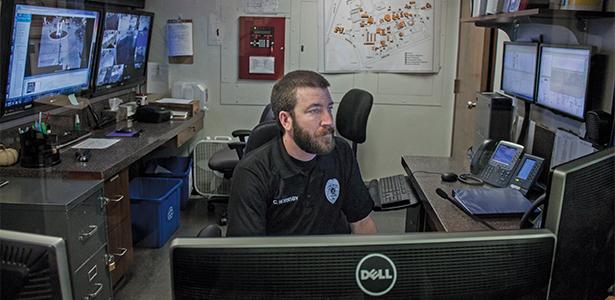
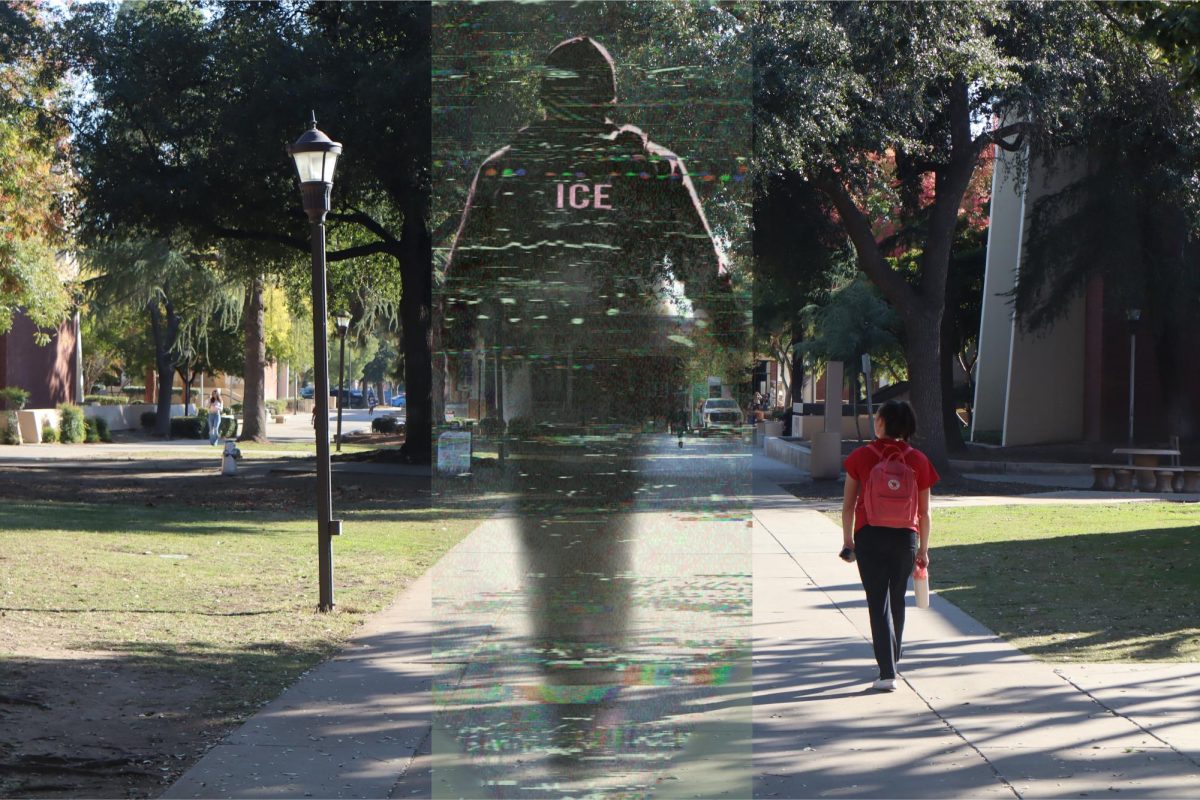
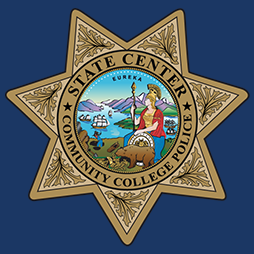
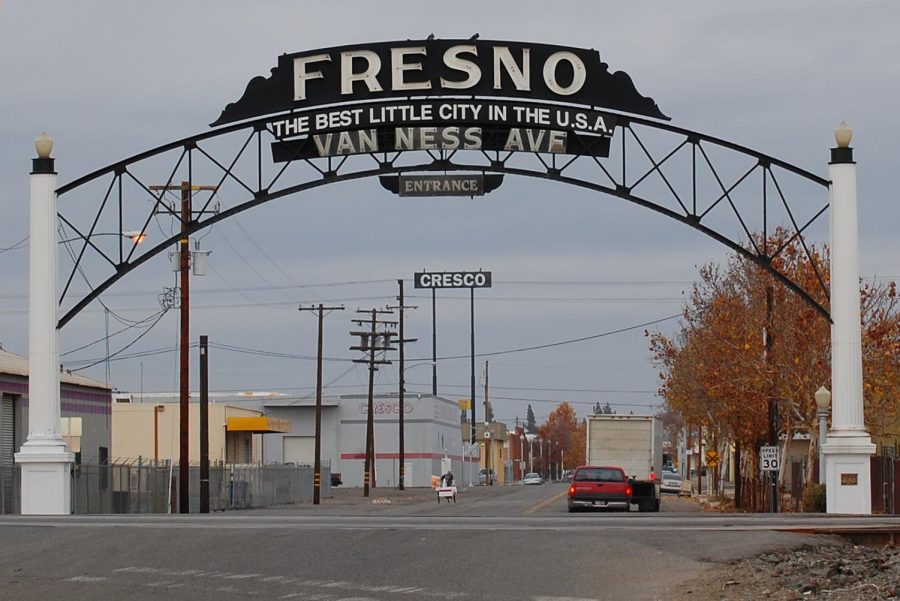

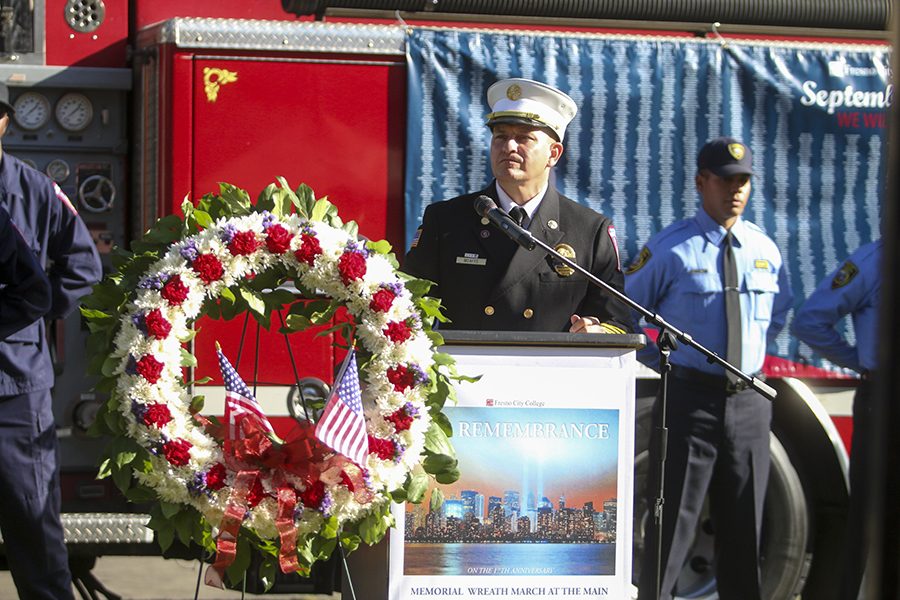
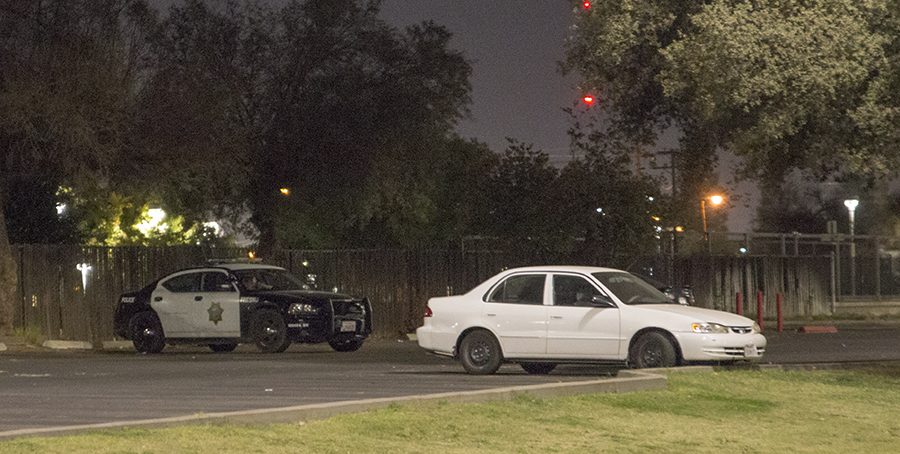

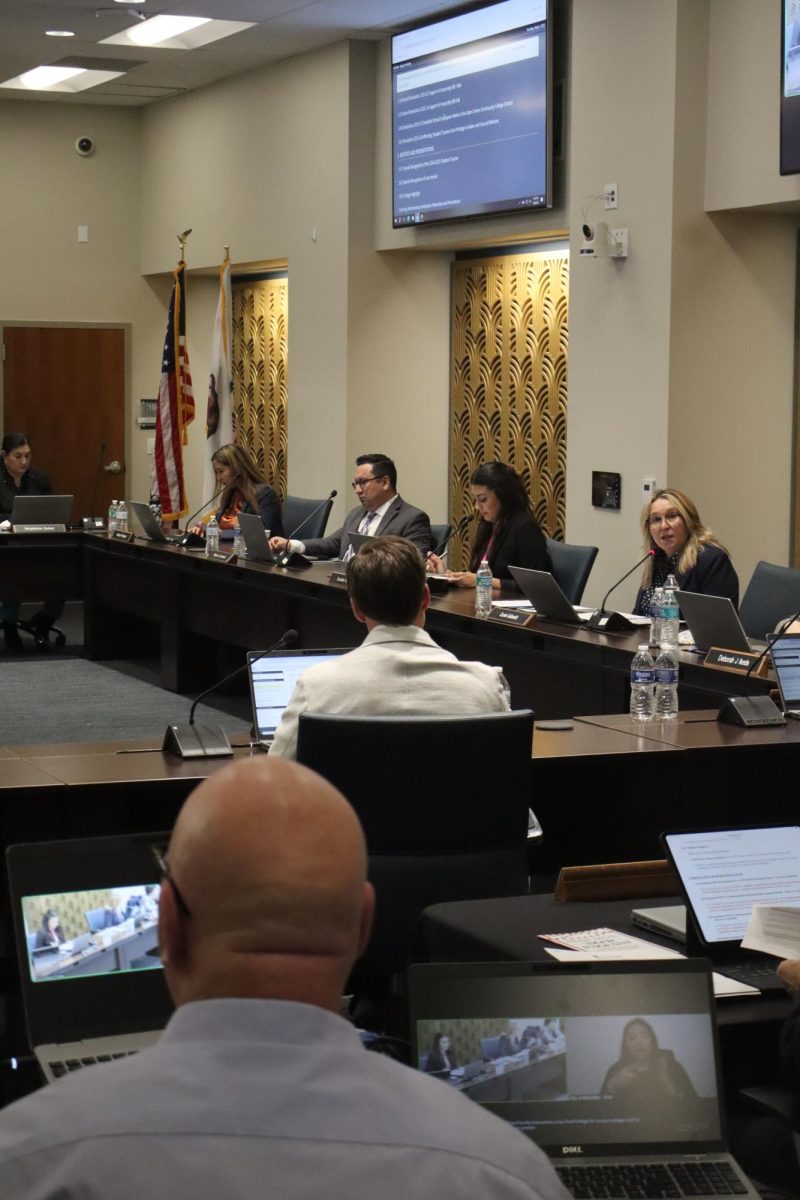
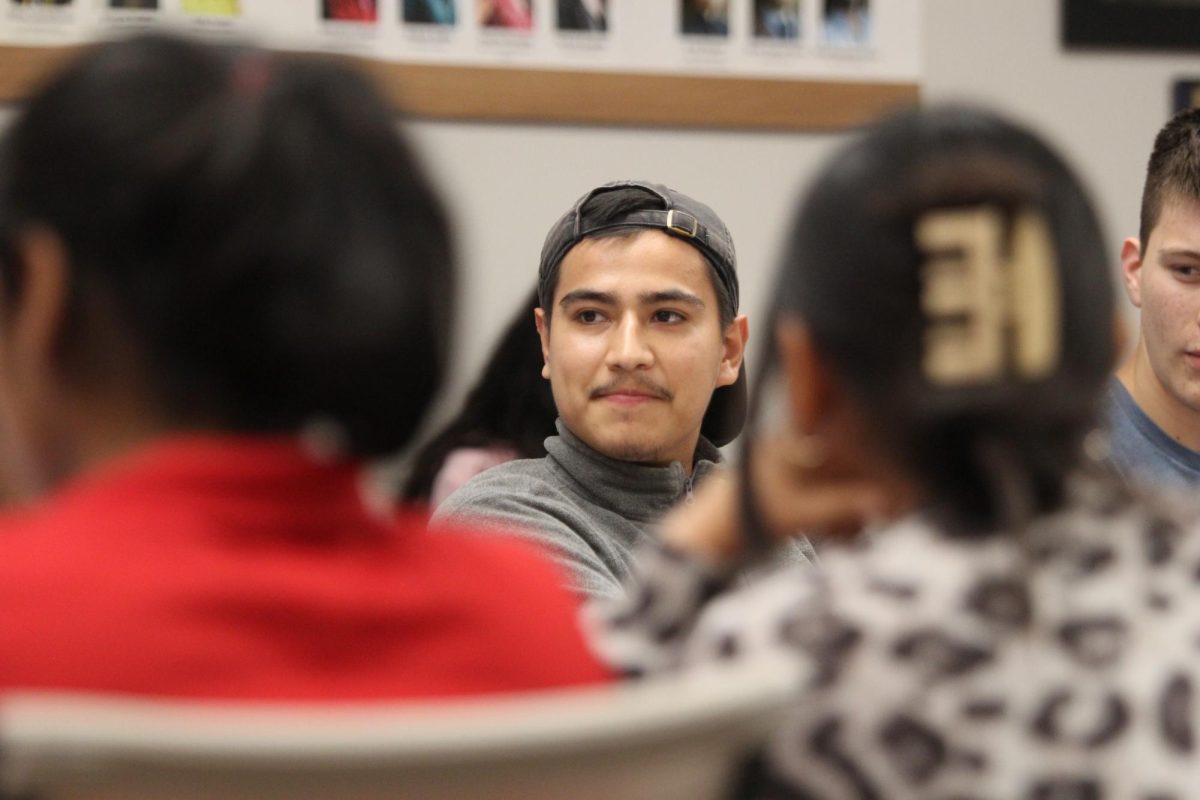

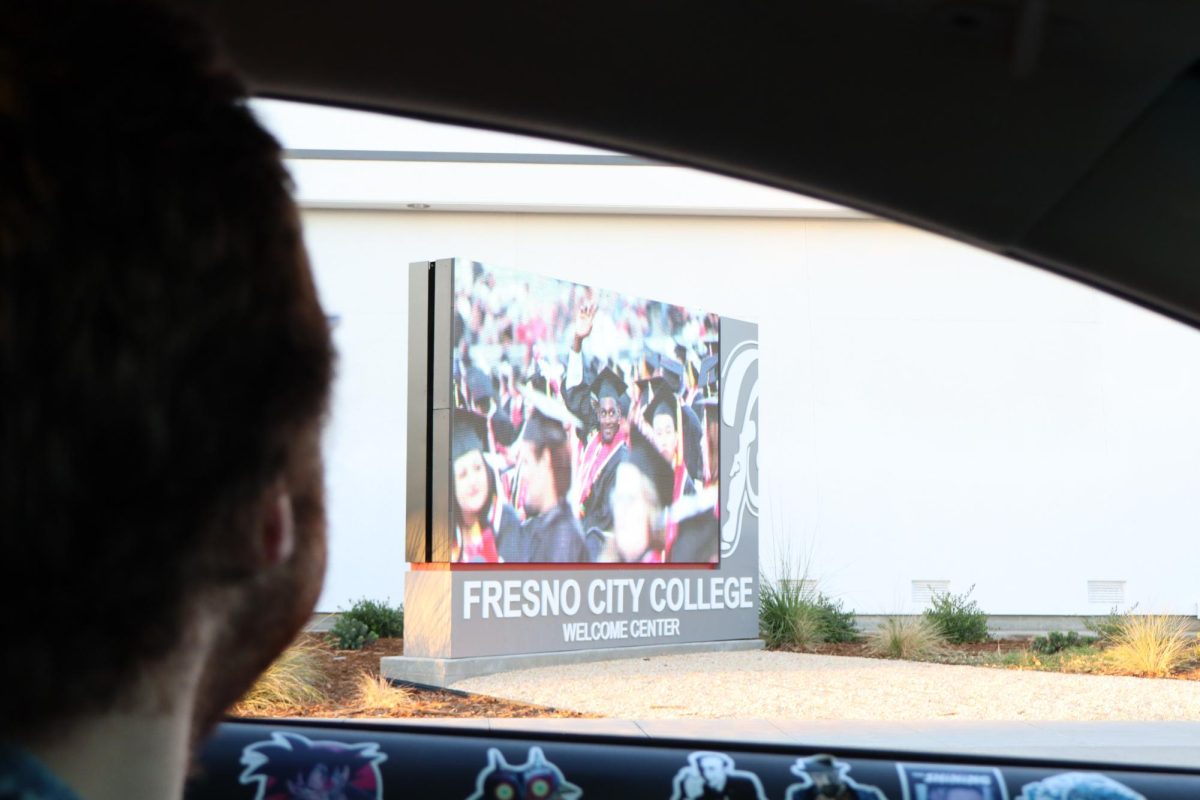
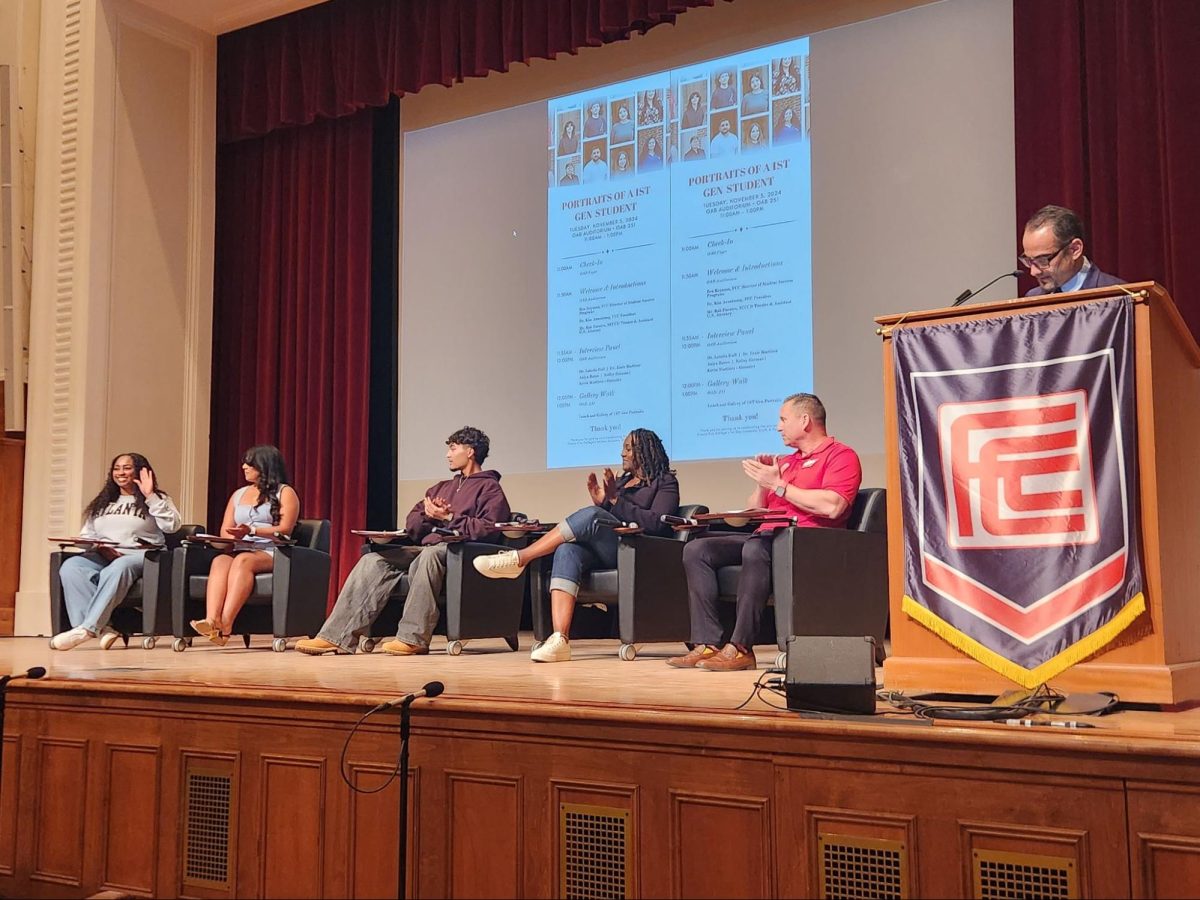
![[File Photo] On Wednesday, Feb. 19 Ed Madec coached what could be his final game as the Ram's head coach against the Reedley Tigers. Madec is currently under investigation for possible violations of CCCAA regulations.](https://www.therampageonline.com/wp-content/uploads/2020/03/Madec-900x600.jpg)


